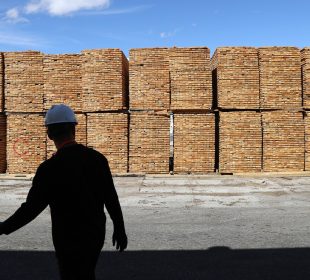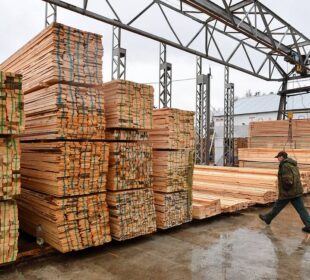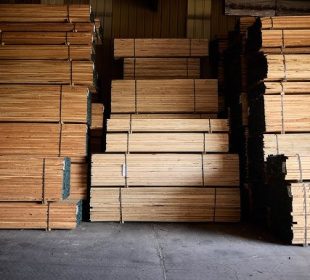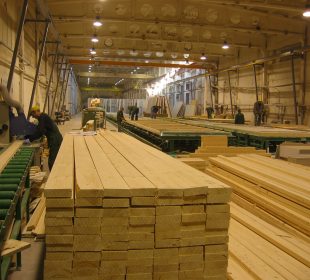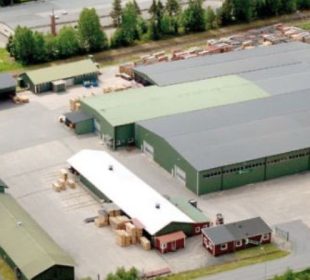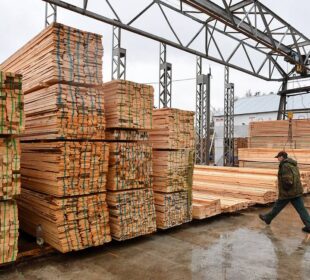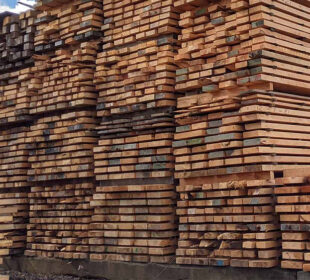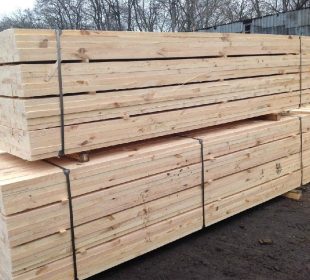Total EU tropical sawn wood imports for January to May were ahead 13.9% on the 2018 figure at 405,000 tonnes. The biggest volume rise from January to May came in Belgium, with a sharp jump in imports from Brazil taking its total to 134,000 tonnes.
French imports rose 14.6% to 50,000 tonnes and Spanish 26.1% to 35,000 tonnes. Probably due to increased forward buying ahead of the originally anticipated Brexit date of March 29, UK imports moved ahead 18.1% to 25,000 tonnes.
According to the Eurostat figures, Portuguese tropical sawn imports for the January to May period were up 72.5% at 17,000 tonnes and Denmark’s increased 16% to 11,000 tonnes, while Ireland’s more than doubled to 6,500 tonnes.
Interestingly Greek tropical sawn imports increased 77% to 4200 tonnes. This was in line with reports from the country’s timber trade federation, the HTCA, that its industry was starting to see the first glimmers of recovery from recession, buoyed by an upturn in tourism leading to more hotel building and refurbishment, and inward property investment encouraged by the government’s so called ‘golden visa’ programme. Netherlands’ imports were down 7% to 77,000 tonnes, while Italy’s decreased 6.4% to 29,000 tonnes and Germany’s 4.1% to 11,000 tonnes.
Leading tropical sawn timber exporters to the EU in the first five months were Brazil, which overtook Cameroon as the biggest supplier with respective totals of 132,000 and 115,000 tonnes marking increases of 43.1% and 18.2%, followed by Gabon, which saw its EU exports grow 10.9% to 49,000 tonnes, and Malaysia, which experienced a 29% fall to 36,000 tonnes.
Question have been raised over the rise in EU imports of Brazilian tropical sawn timber in the first five months of 2019, which included a 29% increase to the Netherlands to 41,760 tonnes, a 116% jump in sales to Belgium to 25,702 tonnes, plus a 46% increase in imports by France to 21,031 tonnes, a 9% rise to Spain to 19,741 tonnes and 103% rise to Portugal to 8,433 tonnes.
A major importer in Belgium, said that the rise in Belgian imports could be due to other European operators bringing Brazilian sawn hardwood into Antwerp for forward shipment to other EU countries, notably Germany and the UK. Exchange rate trends could be another driver, the Brazilian real having weakened 36% against the euro between February 2017 and the end of 2018 and stabilised at the lower level this year.
The downturn in imports from Malaysia was attributed by one importer in part to lower availability of PEFCcertified timber resulting from a ‘standards clampdown’ by the certification organisation.
EU imports from the Congo rose 42% in the first five months, with a 95% increase in Belgium, to 11,428 tonnes, a 25% rise in the UK to 4,780 tonnes and 29% and 10% increases in France and the Netherlands to 3,120 and 1,491 tonnes respectively.
The big increases in imports from Cameroon came in Spain, up 94% at 11,573 tonnes, the Netherlands, up 137% at 9,671 tonnes, the UK up 20% at 7,581 tonnes, Ireland up 147% at 6,222 tonnes, and Portugal rising 98% to 3,934 tonnes. Belgian imports were up 1% at 48,198 tonnes, while Italian fell 8% to 12,092 tonnes and French 11% to 11,524 tonnes.
The rise in EU imports from Gabon in the first 5 months of 2019 was accounted for by a 25% increase in Belgian purchasing to 35,727 tonnes, while Italian imports fell 23% to 6,179 tonnes and French 10% to 3,887 tonnes.
EU imports from Ghana increased by 13.6% to 7,000 tonnes despite 4%, 8% and 21% falls in sales to Germany, Belgium and the UK respectively.
The more positive noises coming out of Ghana regarding implementation of its FLEGT VPA and the prospect of starting FLEGT licensing were greeted with some scepticism in the EU import sector. However, some traders said if it did become the second country to reach licensing stage it could increase the momentum of the wider FLEGT VPA initiative and potentially strengthen exports of Ghanaian teak furniture and components to the EU.





